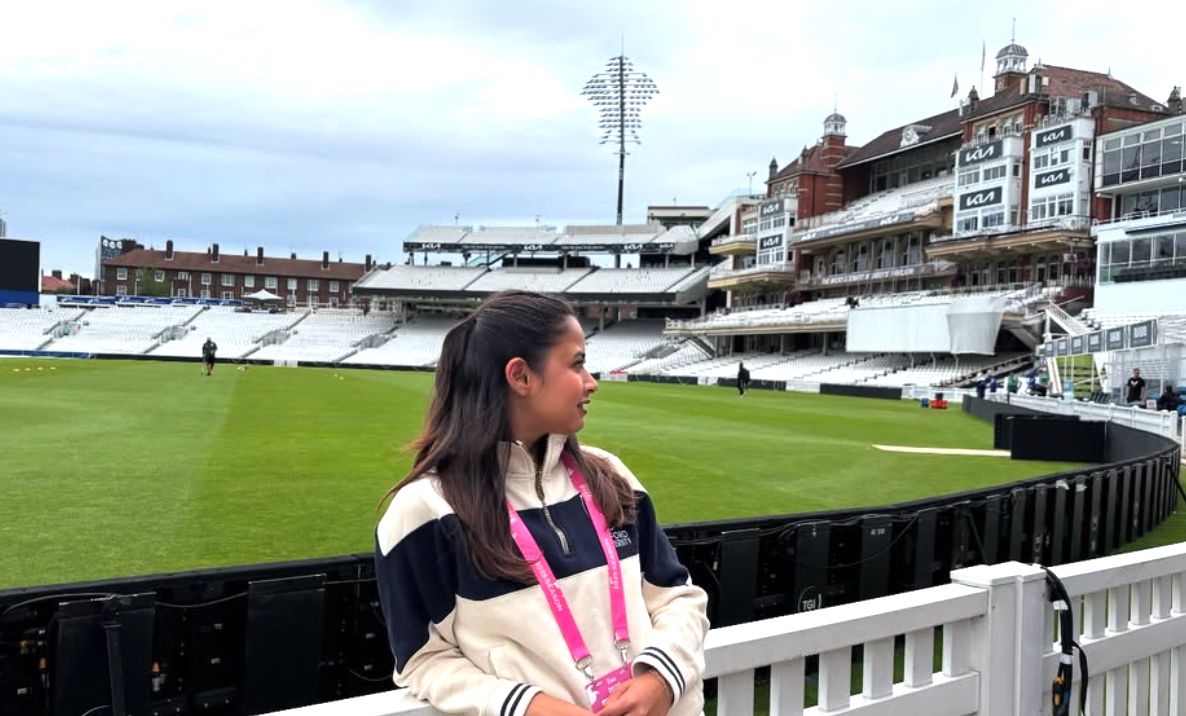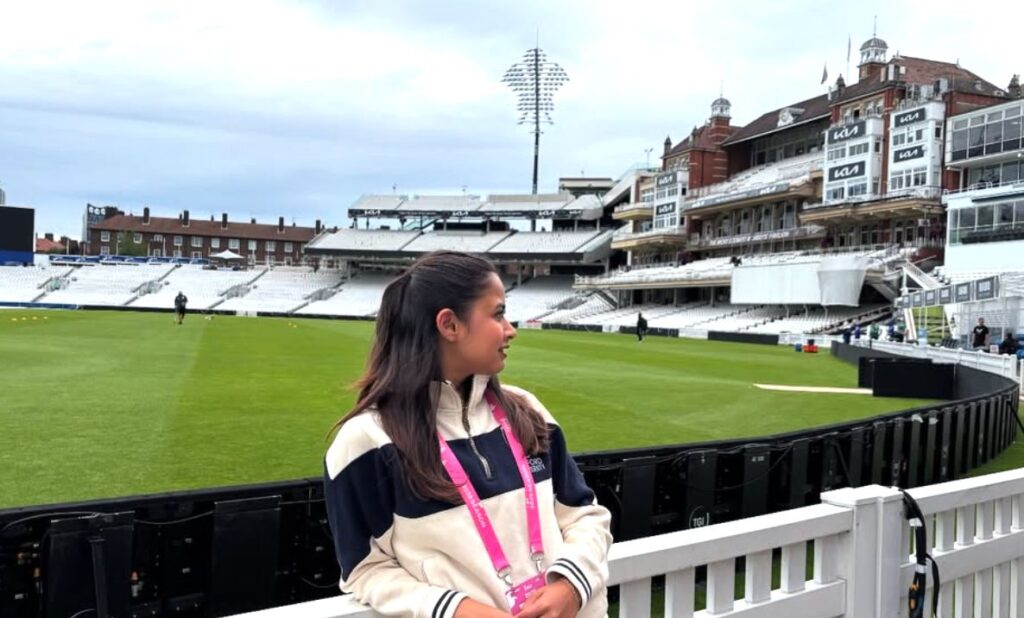
Fifty days. That’s how long it took for everything to change, not just the stories I was chasing, but the journalist I was becoming. From countless live shows, rain or sunshine, to pushing your limits every day, covering the India vs England Test series was beyond just the matches. While many of us show glimpses of what it’s like travelling and covering games, few know about the quiet, exhausting, often invisible work behind the scenes. Running up and down stadiums, ideating, live shows in the pouring rain, articles written after a long and exhausting day, work done from buses to trains to hotel lobbies to press boxes and the stories that found their shape in stolen moments between chaos. Every day was different.
There were mornings when everyone was running on nothing but adrenaline, and it was the only constant. Whether it was prepping for a live show outside Lord’s or racing against time to start one in between the rain breaks at Old Trafford, there was no time to second-guess. There was only time to show up and get the job done. But somewhere in all of that, as a professional you learn to find the rhythm, even when your body is telling you to stop or your brain is asking for rest. Covering any sport on the ground isn’t about being one-dimensional. In fact, you have to learn how to switch from reporter to storyteller to writer to producer in the span of an hour, and most importantly, you have to know how to hold your ground, no matter how tough it gets.
There were days when the stories wrote themselves, Rishabh Pant limping down the dressing-room stairs, Siraj showing a photo of Ronaldo’s “BELIEVE” after bowling India to victory, Washington Sundar carving out a hundred from nowhere. But more often than not, being a good reporter is about digging deeper, from finding stories outside Headingley in a cafe called “Ugly Mugs” filled with cricket memorabilia, to meeting fans and volunteers who live for nothing but the love of the sport. Even as you dig for stories, it’s about digging deeper still, about seeing the courage no one else sees and finding it within yourself. About asking the uncomfortable questions. About noticing the small details — from the batting line-up in the nets, to the slip-cordon practice session, every flinch, every half-smile had a story to tell.
People in this cricket-crazy country often associate covering the sport with glitz and glamour, but the reality is something else entirely. You learn to power through exhaustion, pushing past 12-hour workdays. You learn to trust your voice, even when you feel outnumbered or feel self-doubt creeping in. You learn how to be invisible, and yet always present.
By the end of the tour, I was no longer the same journalist, or even the same person, who had boarded that flight to Birmingham from Delhi. I had chased stories, narrated stories, sometimes stood alone, faced criticism, and found quiet moments of pride, whether it was hinting at the possible playing XI, or the storytelling, or every single live show, every piece filed at 1 am, every single one of those experiences shaped me into the journalist I am today.
And most importantly, I learnt that no matter how many shortcuts you try to take, growth doesn’t come in a moment. It comes in the everyday, in the mess, in the madness, and in the fight to keep telling stories that matter.
And for that, England gave me more than a series. It gave me my edge.




